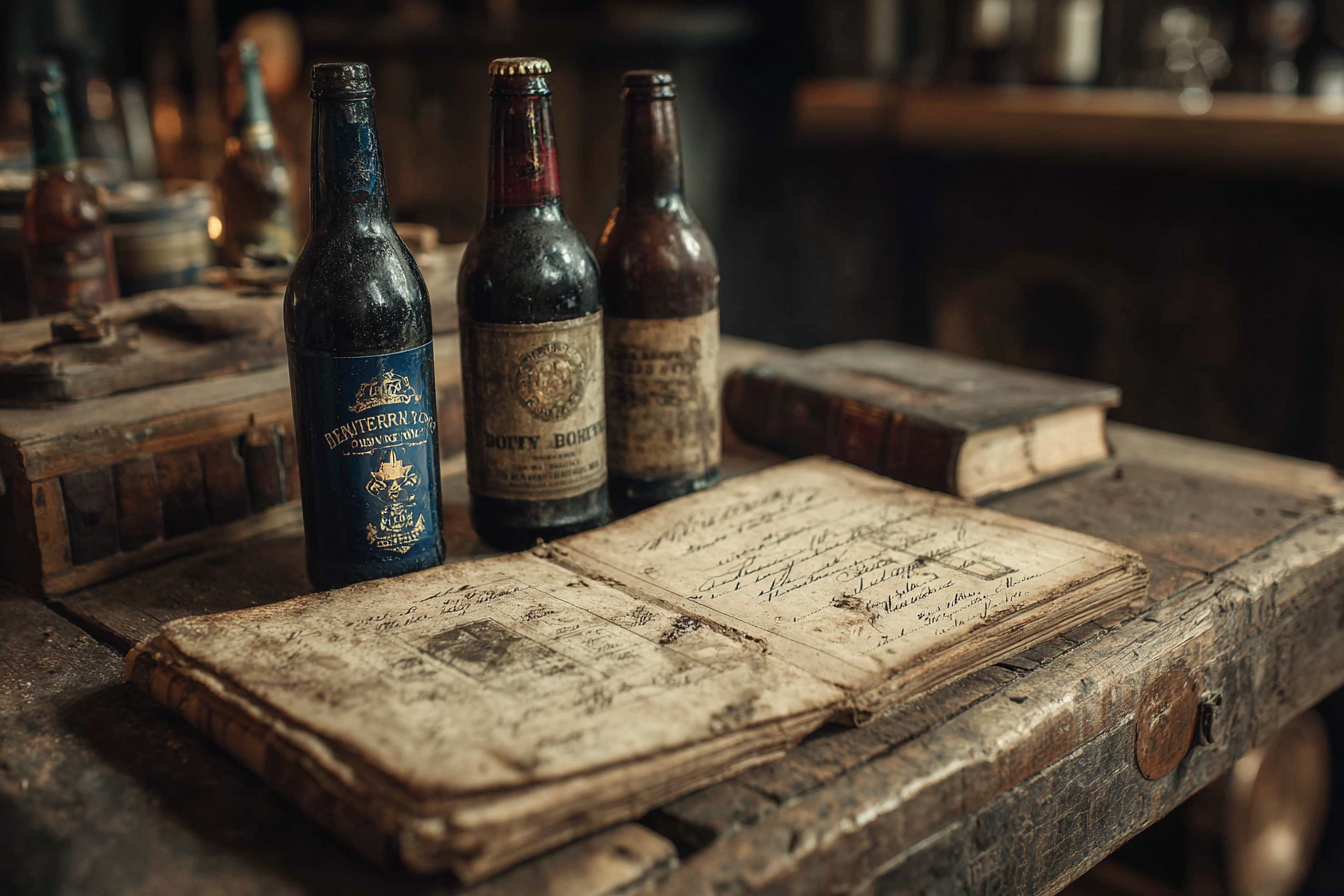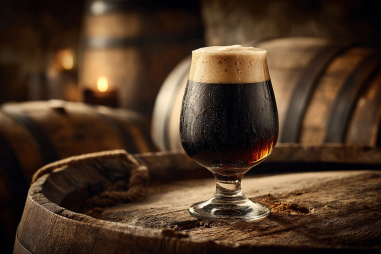India Pale Lager (IPL) is a fascinating beer style that merges the hoppy character of India Pale Ales (IPAs) with the crisp, clean qualities of lagers. This hybrid beer style has captivated beer enthusiasts worldwide, offering a refreshing alternative that balances bitterness with smooth drinkability. To truly appreciate IPL, it’s essential to explore its historical roots, understand how it came to be, and examine the brewers who helped establish its popularity. Join us as we uncover the history and origins of India Pale Lager and explore its place in the modern craft beer landscape.
Origins of India Pale Ale and Lager Brewing
The story of India Pale Lager cannot be told without first understanding two key brewing traditions: India Pale Ale and lager. India Pale Ale has its origins in 18th-century England, during a time when British brewers sought ways to preserve beer on long sea voyages to India. They increased the hop content—hops being a natural preservative—and the alcohol level, resulting in a beer that was both bold in flavor and durable enough to survive the journey. This style became known as India Pale Ale, and its characteristic hoppiness became beloved by drinkers around the world.
On the other hand, lager brewing dates back to Central Europe, particularly Germany and the Czech Republic, and is characterized by the use of bottom-fermenting yeast and cooler fermentation temperatures. This results in beers that are typically lighter, crisper, and more refreshing than ales, with a clean malt profile and less fruity esters. Lagers, like Pilsners and Helles, have been favored for their easy drinkability and balance.
The Birth and Evolution of India Pale Lager
The India Pale Lager style is a relatively modern invention, arising from a desire to combine the best of both IPA and lager worlds. While traditional IPAs utilize ale yeast and warmer fermentation, IPLs are brewed with lager yeast at cooler temperatures, creating a clean backdrop that allows the hops to shine without the fruity esters or heavier mouthfeel typical of ales.
The concept began gaining traction in the early 2000s as craft brewers experimented beyond traditional categories, seeking ways to innovate and appeal to a broader audience. By applying the hop-forward approach of IPAs to a lager base, brewers crafted a beer that featured vibrant hop aromas and flavors—citrus, pine, floral, and tropical fruit—balanced by the smooth mouthfeel and crisp finish of a lager. This hybrid approach not only produced a refreshing and flavorful beer but also sorted out some balance issues present in some intensely hopped ales.
Key Breweries and Brewers Behind the Style
The rise of India Pale Lager owes much to pioneering breweries around the world who embraced the challenge of blending ale leaps of hoppiness with lager tradition. Among the early adopters was Brooklyn Brewery, which introduced its Brooklyn Lager IPA in the mid-2000s, inspiring others to explore this hybrid style. Similarly, German brewers such as Ayinger and Paulaner began incorporating robust hopping techniques traditionally seen in IPAs into their lagers.
In the United States, craft breweries like Firestone Walker with their Easy Jack IPL and Lagunitas Brewing Company with their IPL offerings played a pivotal role in popularizing India Pale Lagers. These breweries demonstrated that IPL could stand as a distinct style, appealing to hop lovers who also appreciate the crisp, clean qualities that only lager brewing can provide.
The Influence of Craft Beer Trends on IPL’s Popularity
The growth of the craft beer movement in the 21st century fueled interest in unique and experimental styles, and IPLs fit perfectly into this environment. As drinkers became more educated and adventurous, the demand for beers that challenged traditional categories increased.
Craft brewers took advantage of IPL’s flexibility by pushing the boundaries in hop choice, malt bill, and even adjuncts like citrus peels or spices. This allowed them to create versions that ranged from citrusy and refreshing to piney and resinous, without sacrificing the crispness and smooth finish of the lager base.
Moreover, the rising popularity of sessionable beers—lower in alcohol, yet flavorful—helped position IPL as an ideal option. Its drinkability combined with pronounced hop character made it a convenient yet exciting choice for many craft beer fans.
Modern Interpretations and Varieties of India Pale Lager
Today, India Pale Lager has blossomed into a diverse category with countless iterations from craft breweries worldwide. Brewers experiment not only with different hop varieties—such as Citra, Centennial, Simcoe, and Mosaic—but also with traditional and innovative techniques:
- Dry hopping: Adding hops post-fermentation to boost aroma without increasing bitterness.
- Using international hop varieties: Bringing new flavors and aromas from New Zealand, Australia, and Europe.
- Adjuncts and specialty malts: Creating subtle complexity or unique flavor twists.
- Session IPLs: Lowering alcohol content while emphasizing crispness and hop presence.
These variations demonstrate the style’s flexibility and appeal to diverse palates, from newcomers to seasoned hop enthusiasts.
The Global Cultural Impact of India Pale Lager
India Pale Lager has grown beyond its start as an experimental fusion to become a favorite style in many beer markets worldwide. Its appeal lies in bridging the gap between two beloved brewing traditions, creating a beer that is refreshing, flavorful, and approachable.
In markets such as the United States, Europe, and Asia, IPLs have found a niche among craft beer drinkers seeking something new but familiar. The style has influenced brewing culture by encouraging hybrid approaches and challenging conventional beer categories.
Furthermore, IPL’s success has opened doors for wider acceptance of other hybrid beer styles, encouraging continued innovation and creativity within the beer community. Beer festivals and competitions now frequently feature IPL categories, reflecting the style’s mainstream acceptance and popularity.
Looking Ahead: What’s Next for India Pale Lager?
As the craft beer world continues to evolve, India Pale Lager is positioned for continued growth and innovation. Brewers will likely keep exploring new hop varieties, innovative fermentation techniques, and creative flavor combinations that push the style’s boundaries while maintaining its signature crispness and hoppy character.
With increasing focus on sustainability and local sourcing, we may also see IPLs brewed with indigenous hops and malts in different regions, highlighting local terroir while maintaining IPL’s international appeal. Additionally, the demand for lower-alcohol, sessionable beers is unlikely to fade, giving session IPLs a promising future.
Ultimately, India Pale Lager represents the spirit of craft beer innovation—respecting tradition while embracing experimentation. Whether you’re a lover of hop-forward ales or prefer the crisp finish of lagers, IPL offers a delightful middle ground that continues to evolve and inspire brewers and drinkers alike.







